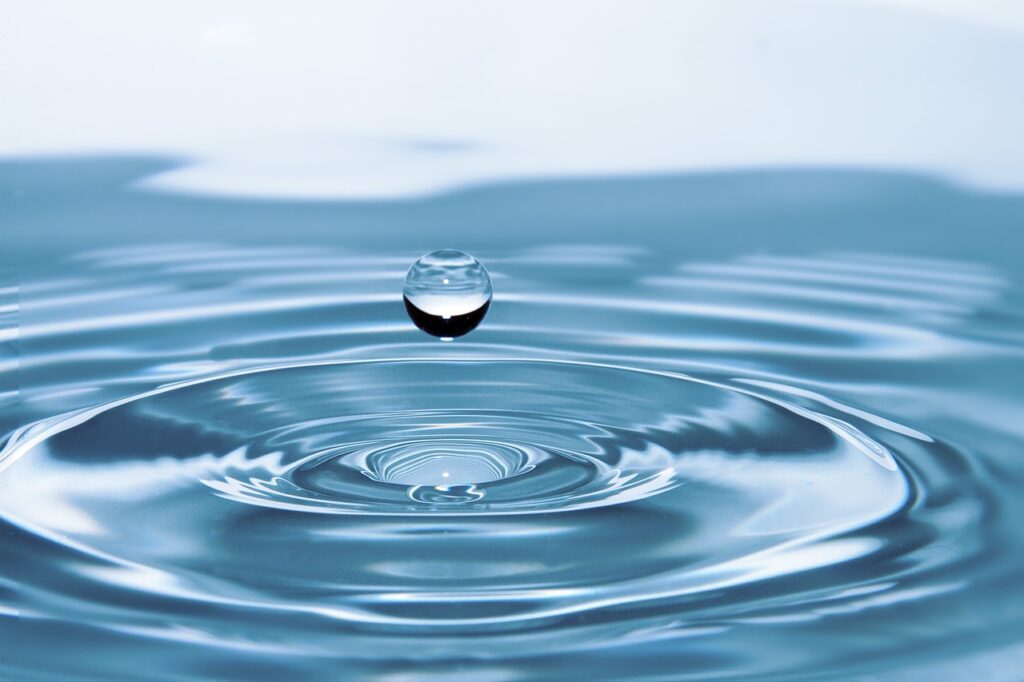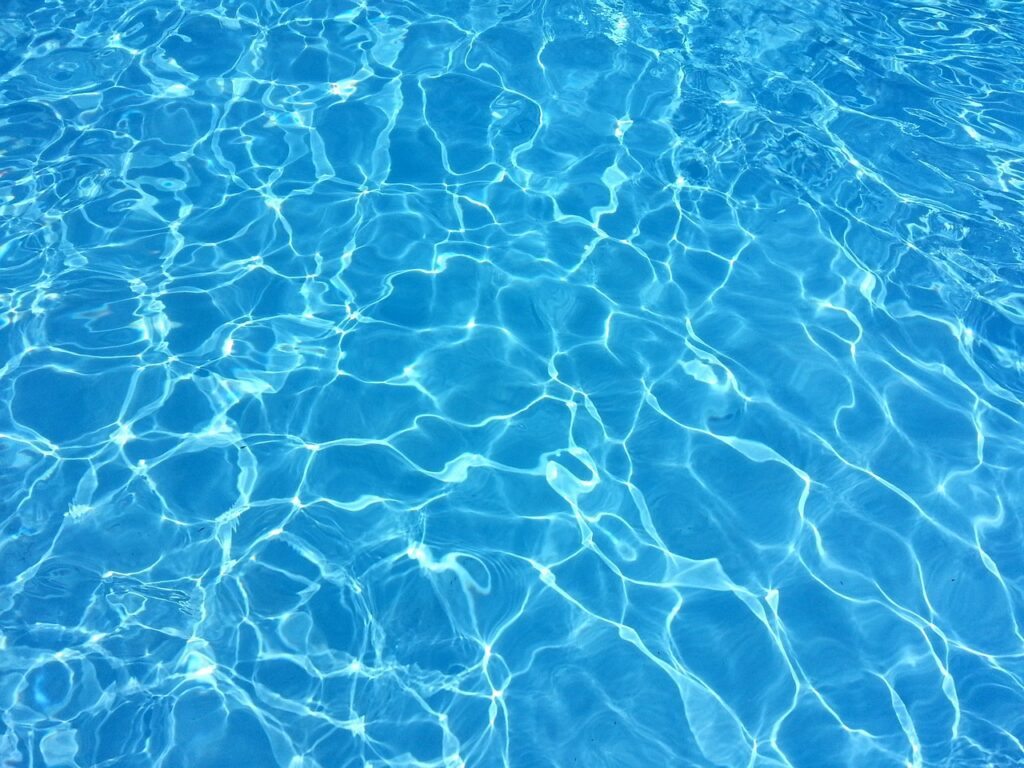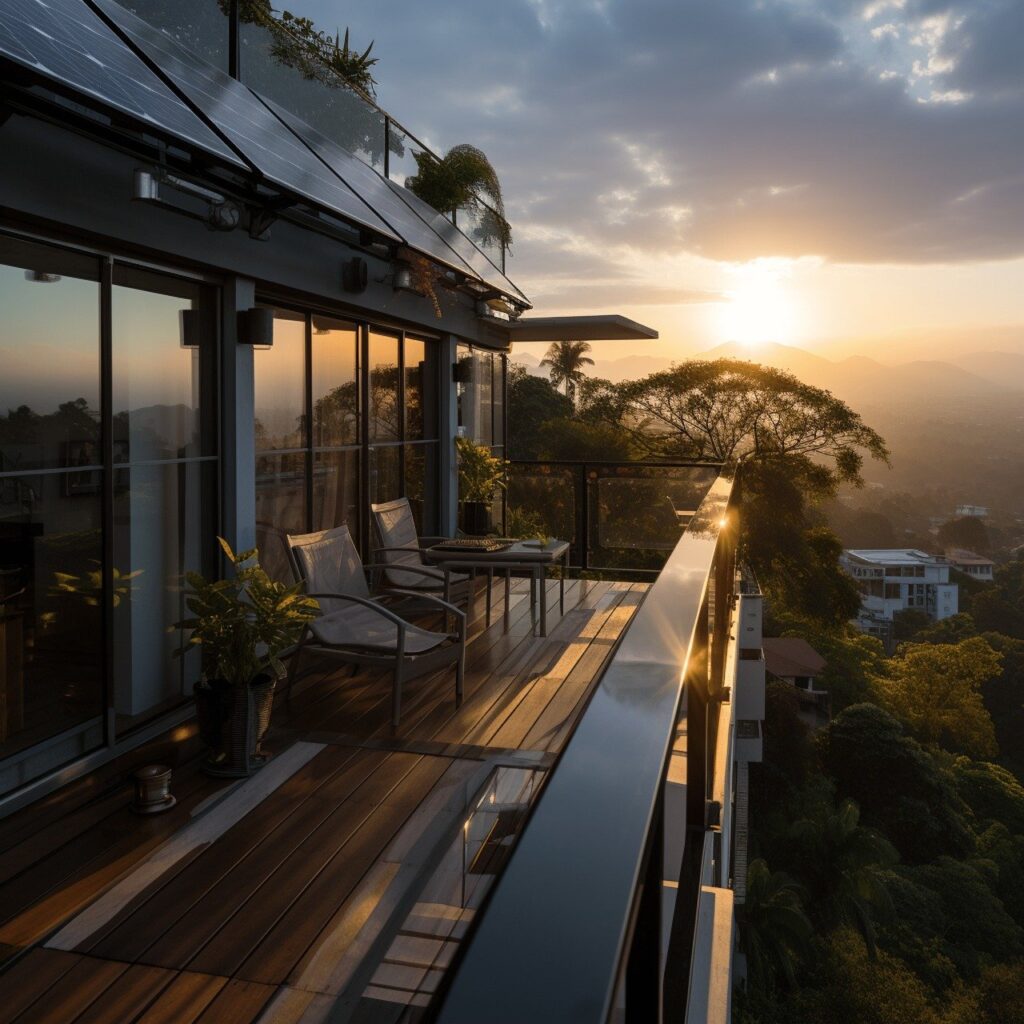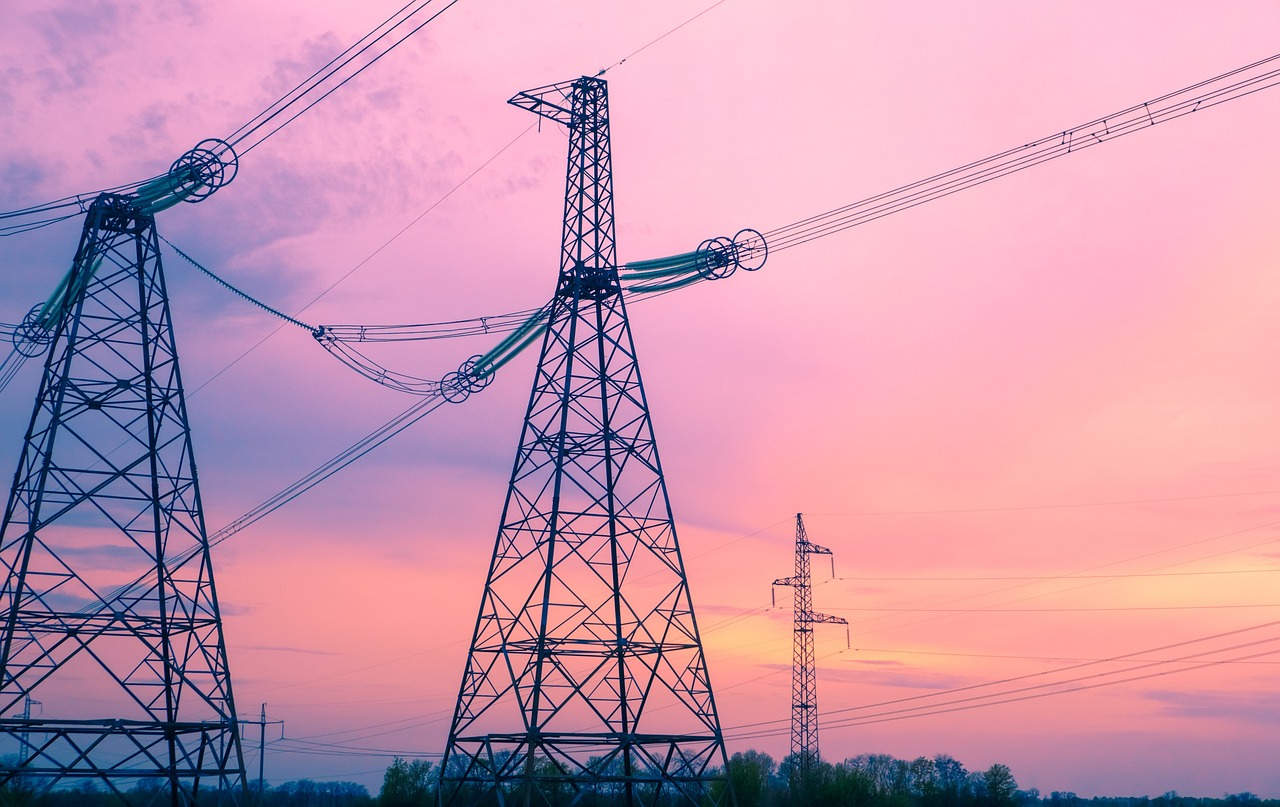RESOURCES
Below are articles concerning higher chilled water supply temperatures and water-side economizers. Fusion PCMs expand the use of this chiller-less air conditioning.

"Consider Water-Side Economizers"
Energy Star
This U.S. government’s “Energy Star” publication provides an overview of water-side economizers and chiller-less cooling and its wide applicability in most of the United States. As noted in the article, many data centers “can be maintained using a higher chilled water set point of 55℉ or warmer. This higher chilled water temperature allows water-side economizers to be used more often, saving energy.”
The Fusion PCM Cool Storage System greatly expands chiller-less cooling with waterside economizers.

"How Higher Chilled Water Temperature Can Improve Data Center Cooling System Efficiency"
Schneider Electric
In this white paper, Schneider Electric presents the 41 to 64% efficiency improvements by increasing the chilled water supply temperatures from a standard 45℉ up to 70℉.
With acceptable chilled water supply temperatures in the 60s, chiller operation can be minimized with Fusion PCMs (depending on the specific climate location and other factors).

"Data Centers are Warming Up to A New Cooling Design"
Johnson Controls
In this white paper, Johnson Controls highlights the considerable energy savings from raising the chilled water supply temperatures in data centers.
The biggest change in data center design is the increased pre-set supply water temperature, now raised from 45°F (7°C) to between 64°F and 68°F (18°C-20°C). Fusion PCMs provide chiller-less cooling in even some of the hottest and driest climates with low nighttime wet bulb temperatures.
Below are three reports concerning Eutectic PCM Cool Storage Systems using the 47 degree F PCM. This includes early chiller-less cooling applications.

"Eutectic Cool Storage: Current Developments"
ASHRAE Journal, April, 1990
Fusion Phase CEO Doug Ames described a 10,000 ton-hour eutectic PCM cool storage system, cooling a 1.17 million square feet facility manufacturing the Apache military helicopter in Mesa, Arizona. This system reduced on-peak demand by about two megawatts, using a 47 degree F PCM installed as a partial-storage design, and had a 4.3 year payback.
This system included charging the PCM storage tank using the cooling towers for free-cooling during the winter months, displacing a 1400 ton chiller during the winter daytime period.
In addition, this article describes the work of Doug Ames to develop a 41 degree F eutectic PCM under contract with the Electric Power Research Institute. The project led to numerous patents assigned to EPRI.

"Marriott Desert Springs Resort & Spa: Thermal Energy Storage System 1992 Performance Report"
Report for Southern Cal. Edison by Advanced Energy Systems Consulting
This extensive independent study reports the performance of a eutectic PCM cool storage system at this resort and spa in Palm Desert, California. The system, using a 47 F PCM, resulted in electric cost savings of over $108,000 in 1992 and provided a three year payback to the host customer.
As stated in the conclusion section to this report:
“The storage system at the Marriott Desert Springs Resort and Spa was extremely effective in reducing the electrical usage and demand during the summer on-peak rate period. The storage system performed to the design specifications, providing an average of 6,000 ton-hours per day during the summer on-peak rate period. The heat exchanger was effective during the winter, providing a majority of the hotel’s cooling requirements.”

"Arizona Utility Adds Eutectic Storage Unit"
ASHRAE Journal, May, 1987
In October 1986, Arizona Public Service Company decided to install and monitor a eutectic PCM cool storage system at its Deer Valley Data Center in Phoenix.
The eutectic PCM approach combined the attractive aspects of both chilled water storage and ice storage systems. The system took about one-fourth the space of a comparable chilled water storage tanks. Also, the APS building’s existing chillers and air conditioning system continued to operate at normal chilled water supply temperatures.
No new refrigeration equipment was required.
An extensive data acquisition system was installed as part of the project, with results shared with interested APS customers.
